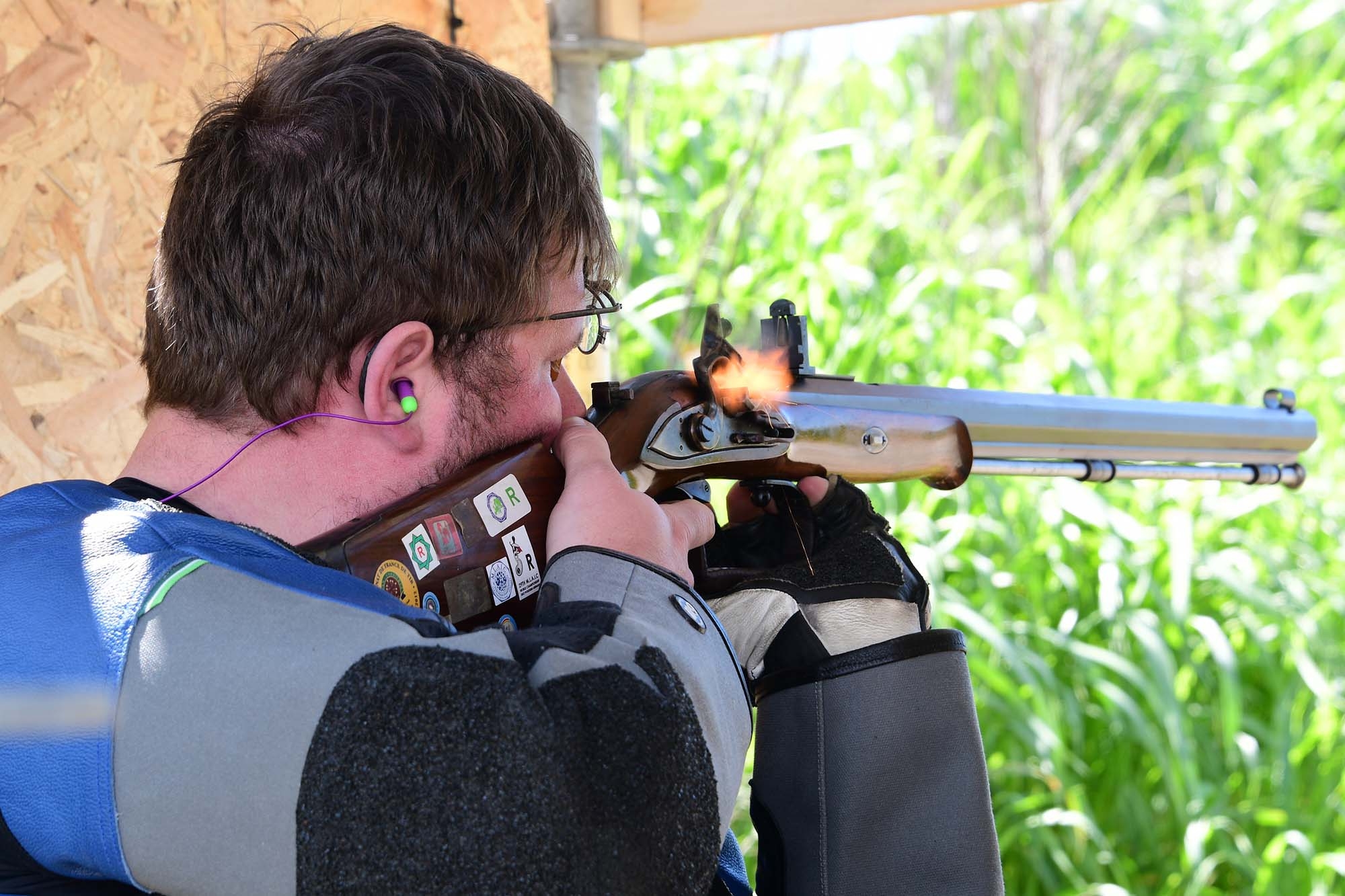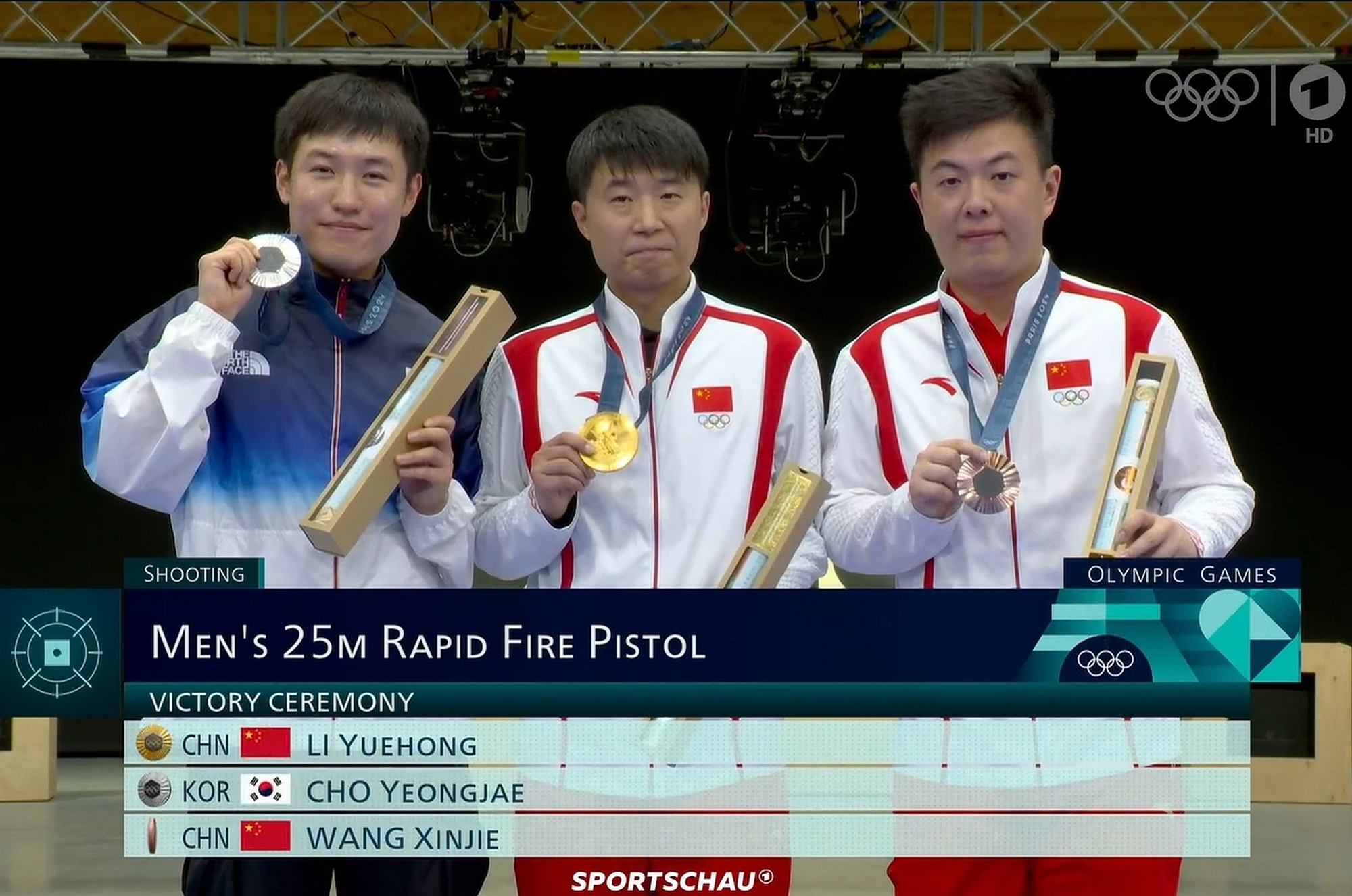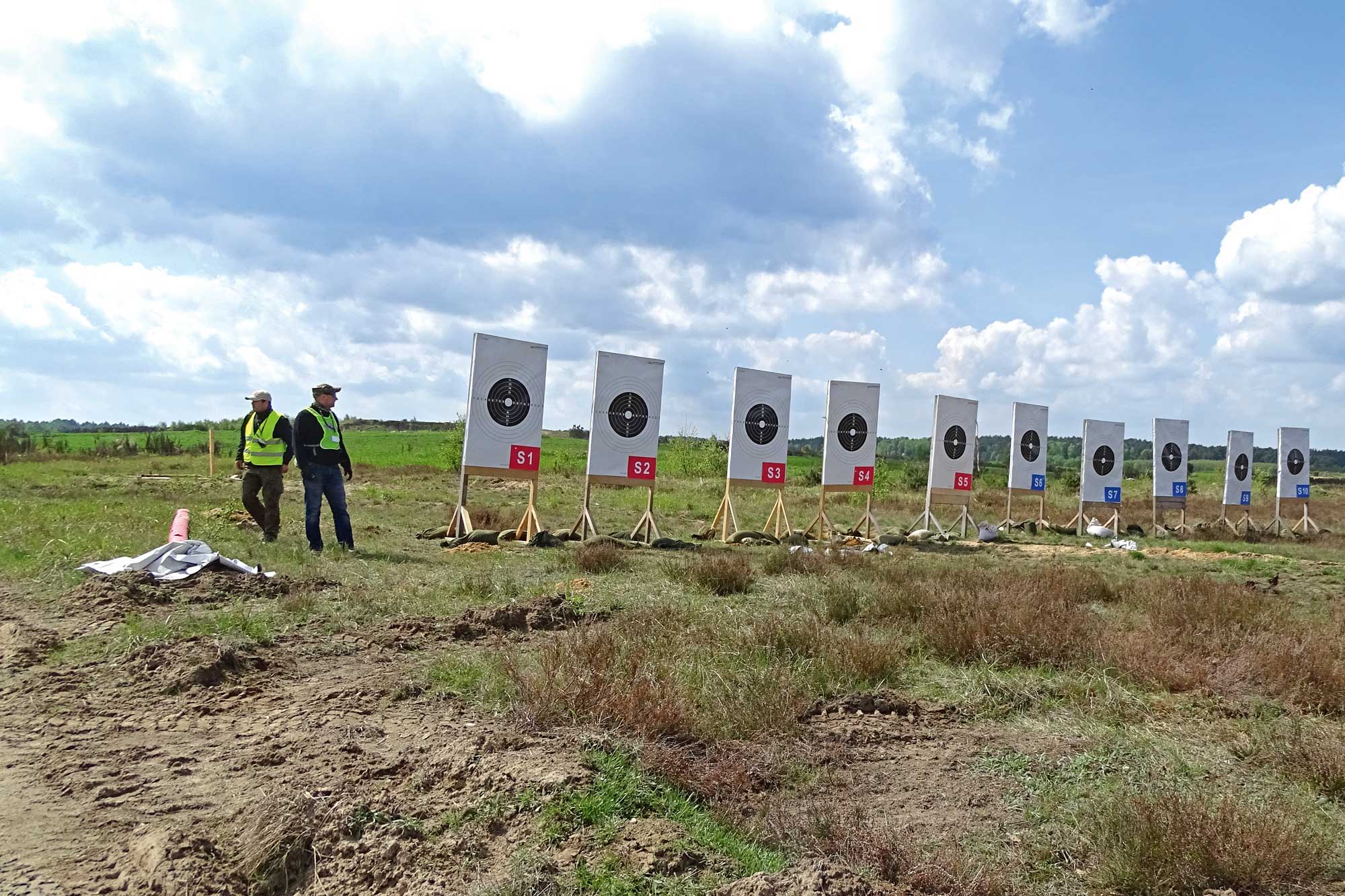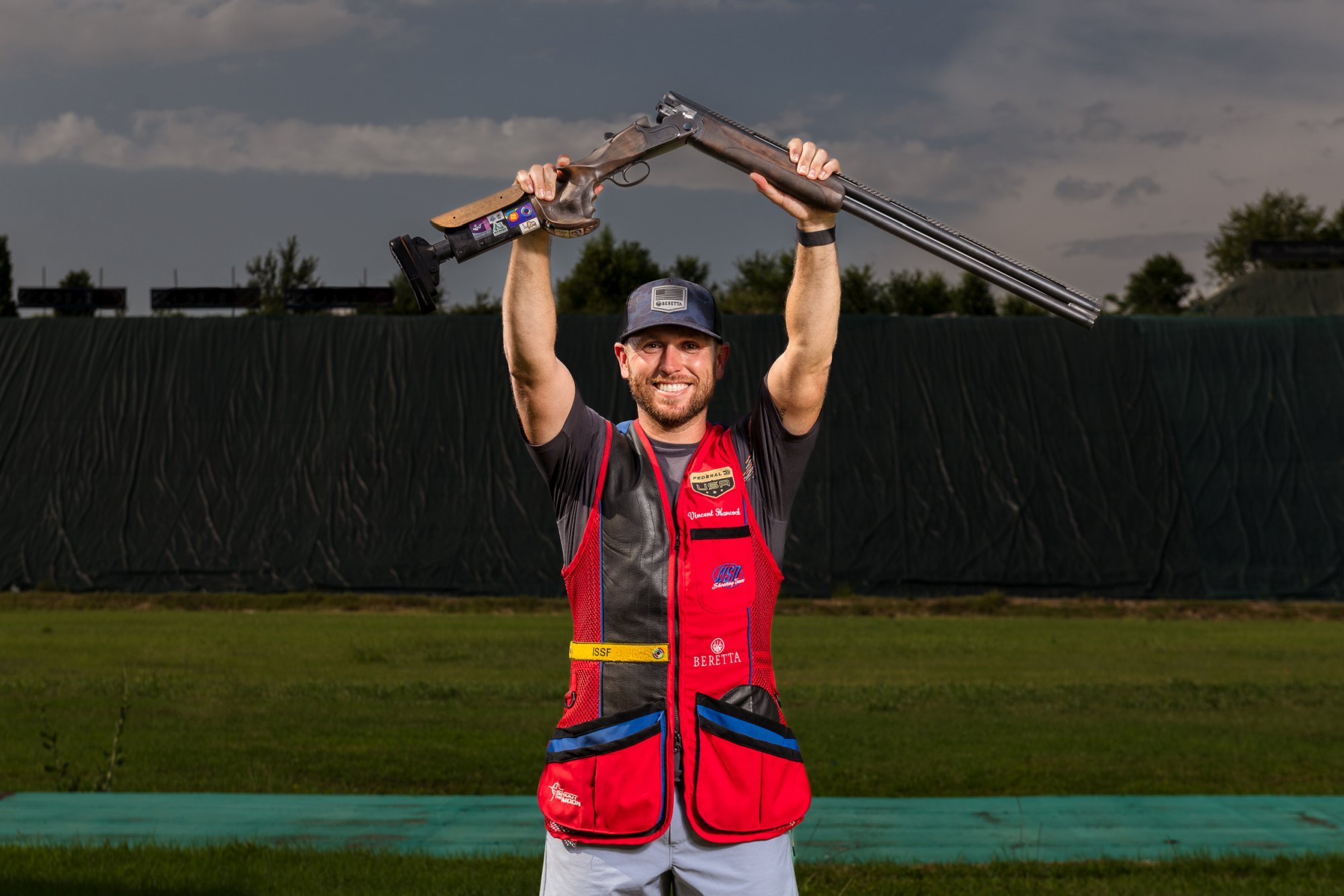The concept of illusory correlation
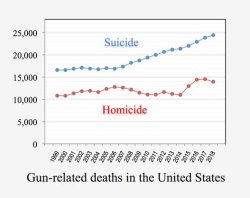
In order to determine whether event "A" (e.g. speeding) is related to event "B" (increase in accidents) it's necessary to: define the criteria according to which we select data A and B, (e.g. only certain countries), establish the input data for the X and Y axes, and perform interpolation. Then check the degree of correlation between the events (e.g. dispersion, standard deviation, root mean square, etc.).
In addition, an inductive method like this simply suggests that there is a mathematical correlation, but it's by no means automatic that there is a cause-and-effect link. The latter must be further demonstrated and verified by scientific methods. For example, confusing or interfering factors, and possible other causes (multifactorial causality) should be sought.
Since the scientific concept of correlation isn't intuitive at all and is beyond the reach of the "average man", it's a matter for specialists – statistical experts, risk analysts. For us "average men", however, heuristics is needed to make decisions quickly.
Anti-gun people make typical naive correlations: for example, looking for and artfully creating a link between the increase in the availability of guns and suicide rates, or between the availability of firearms and aggressions. Obviously, they already select from the beginning the only experimental samples that confirm their thesis. For example, there are studies that correlate the number of homicides/suicides with news of air disasters or terror attacks, studies that show how the suicide rate is highly dependent on socio-economic conditions (poverty, dictatorship, etc.) – these are always discarded a priori.
Moreover, if you're able to exploit these heuristics, it's possible to demonstrate the correlation with anything: e.g. the variation of tidal cycles with the world stock exchanges performance, weather conditions with average lost working days, etc.
Any attempt to correlate the increase in legal firearms with an increase in the homicide rates has failed miserably, and it's quite easy to refute this "causal link".
To demonstrate this "correlation" (more firearms = more insecurity) it's therefore necessary to cheat, as described above.
The trouble is that this bias is present not only in mainstream media and in certain politicized fake analysis, but also in criminology texts – which are imposed on university students – and in theories that are set forth even in institutional conferences. I don't mention them in order not to give them visibility.
Subjective validation: how to falsify a thesis conclusion
Typically, the anti-guns takes care of the cases in which the two events are present (e.g. firearms and suicides) and neglects those where there is one but not the other (e.g. suicide without firearms, or a firearms owner who doesn't commit suicide).
They neglect and even promptly cancel any event that could refute their theses.
Smedslund in 1963, in one of his social psychology studies, highlighted the illusory correlation between symptoms and disease.
He asked some nurses to establish whether there was an association between symptoms and diseases showing them statistical data cards recording case histories. In some cases a given disease was present with a given symptom, but in other cases only the disease or the symptom were present, or neither. The nurses tended to consider only the data in the cards where both the symptom and the disease were shown, so they often mistakenly convinced themselves that there was an association. Perfect: now imagine that in this experiment instead of "symptom/disease" you find "legal firearm/homicide rate" or "number of sports shooters/suicide rate"….
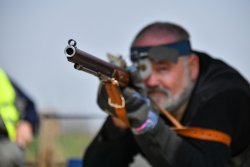
And so the magic is done…
Now, those who use heuristics often use the "fence effect" to resist evidence to the contrary. It restricts the belief to be saved in an area of experience or limited data, and places any evidence to the contrary outside the fence. Another system is the use of the "perturbing factor", a sort of labeling of any contrary fact as an "exception that confirms the rule".
The heuristics, i.e. the shortcuts of thought
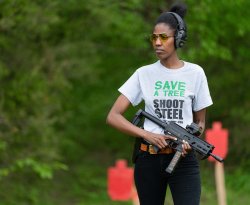
Heuristics (thinking shortcuts) are used to make decisions within a reasonable time.
They are harmful and misleading when it is necessary to carry out rational and scientific studies and considerations on a phenomenon.
In fact, experimenters and scientists have them too.
And alas, even in the forensic field, these mechanisms occur (see Kassin, Dror and Kuckucka - 2013).
Moreover, as we well know, generalist media and many "experts" interviewed by them exploit and use heuristics with reason.
In such cases, it is necessary to intervene in the process, i.e. to highlight the systematic error of judgement, rather than engage in discussions about the individual data or fact.



